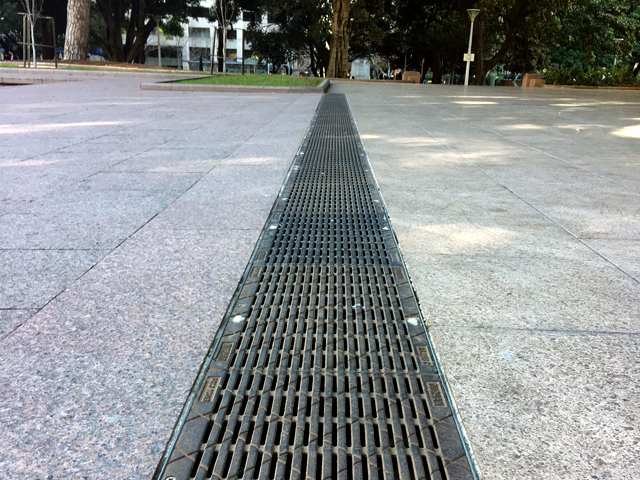
Dams are the Hydraulic structure constructed across a river to store water on its upstream side. It is a totally Impervious barrier constructed perpendicular to the flow of the river with a view of forming a reservoir. Dams are used to control the water level of the reservoir.
Need of Dams
Water is the most important and essential part of life on earth. All plants, animals as well as human beings require water to survive on earth. The water demand is increasing day by day for Industrial and Agricultural purposes. To meet human needs it is very necessary to fulfill its water demand.
To conserve and store water, dams play an important role. Dams provide Environmental, social, and economic benefits. It is an important source of water supply.
Advantages of Dams
- It fulfils the supply of water for domestic and irrigation purposes.
- It helps to prevent uncontrolled floods.
- It used in the generation of hydroelectricity.
- It helps in the distribution of water in drought-affected areas.
- It helps in the development of our country.
- It keeps the nearby area green and develops tourism.
Disadvantages of Dams
- The construction of dams is very expensive and time-consuming.
- There is a loss of flora and fauna of surrounding areas of dams.
- Dams cause harm to our ecosystem.
- It results in the displacement of local communities.
- The construction of large dams may cause geological damage.
Types of Dams
According to materials used dams are classified are as follows:-
- Earthen dams.
- Rock-fill dams.
- Masonry or concrete dams.
Earthen dams
Earthen dams are also known as Earth fill dams. It is built up by compacting successive layers of earth, using most impervious materials. The Earthen dams are mostly adapted where the foundation is weak. The soil layers are compacted by using rollers.
Materials required for construction of Earthen dams:-
- Clayey materials.
- Murum, soft rocks.
- Black cotton soil
- Sand
- Loam
- Clay
Rockfill dams
Rockfill dams is a barrier constructed on rivers by an embankment of rocks as a primary material. They have an impermeable core at its upstream side to prevent seepage from the dam. They are generally constructed where rocks are found in bulk quantity.
Materials required for construction of Rock-fill dams:-
- Rocks
- Clay
- Stones
- Concrete
Masonry or Concrete dams
Concrete dams are very large structures. Construction of concrete dams is done in stages. The concrete dams are gravity dams that are designed in such a way that it’s self-weight resist the horizontal pressure of water pushing it. Concrete dams required stiff Base and high bearing capacity of soil for its foundation.
Materials required for construction of concrete dams:-
- Concrete
- Steel
- Sand and gravel
Irrigation, energy production, agricultural activities, drinking water, and fishing all depends upon Dams. Water resources play an important role in the development of the nation. Construction of dams provides water resources and large water projects in the nation which contributes to the economic development of the country.

